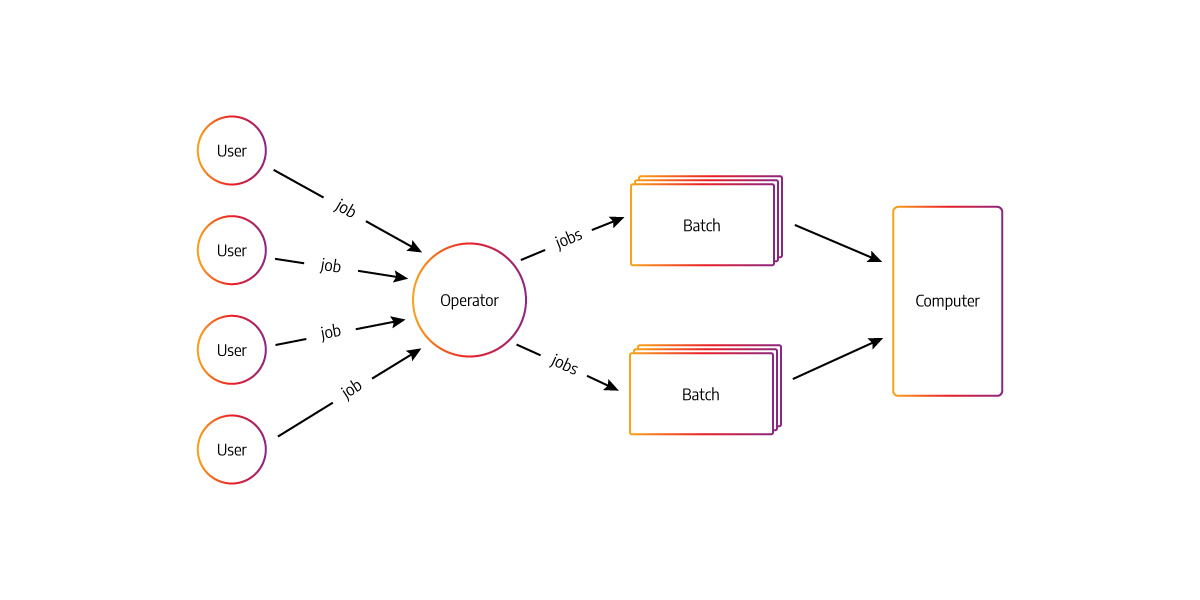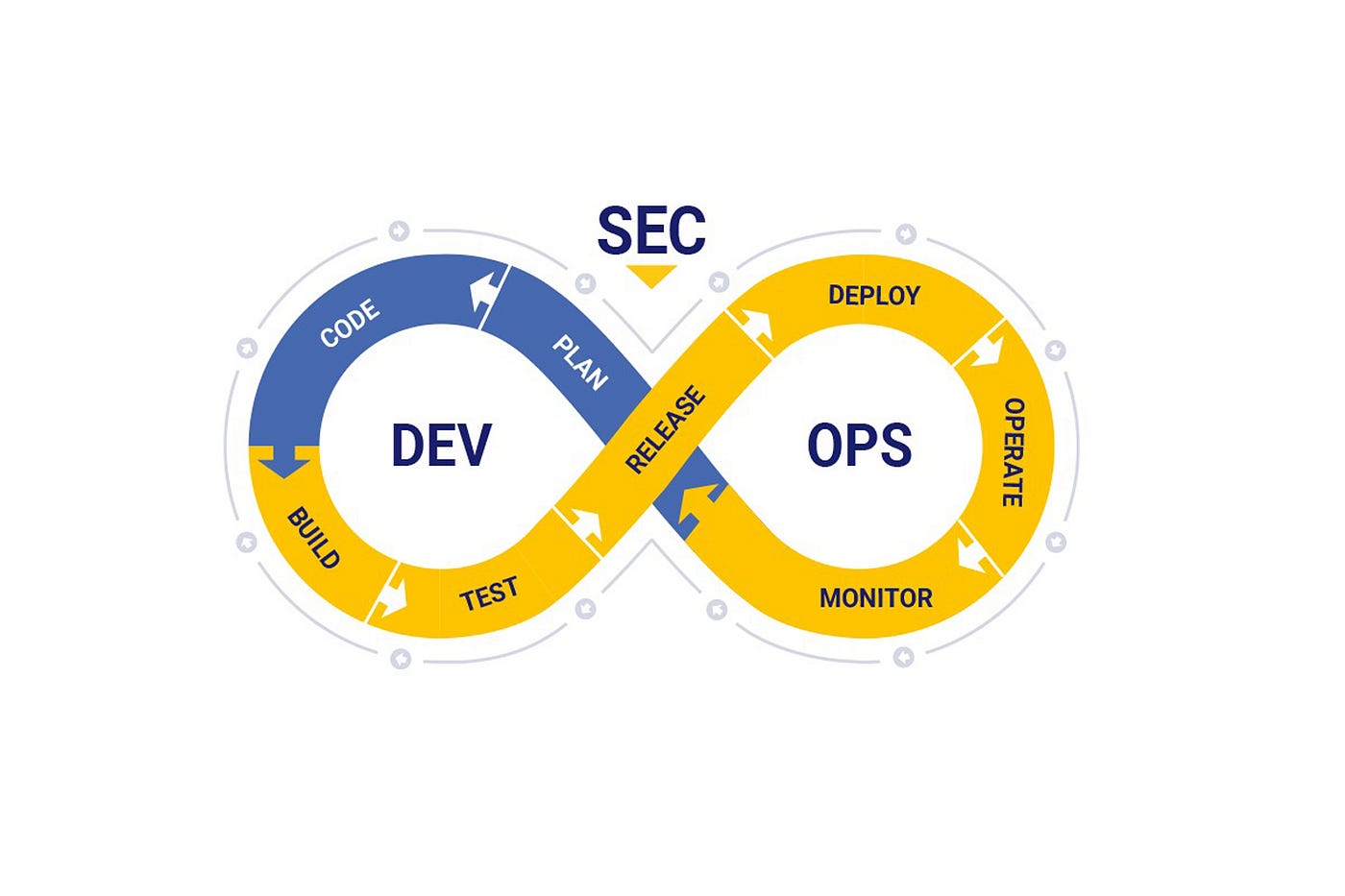Imagine a busy train station where passengers constantly move between platforms. Some carry luggage, while others rush to catch their connections; station staff work tirelessly to ensure that no one gets lost in the chaos. This is the world of real-time data streaming. The passengers are the data, the platforms represent the frontend and backend layers, and the staff represent the ETL processes—Extract, Transform, and Load—keeping everything running smoothly.
For developers, building efficient full-stack data streaming systems is akin to being the architect of a train station. The challenge is designing a system where information flows seamlessly, instantly, and accurately between layers.
The Frontend as the Passenger Terminal
The frontend in streaming systems acts like the terminal where passengers first arrive. It collects raw information from diverse sources, including user clicks, sensor readings, and transaction logs.
This stage is chaotic, as the data is often unstructured and comes in bursts.
Real-time ETL begins here by extracting data and immediately shaping it into formats suitable for transfer and analysis. Think of it as checking tickets and tagging luggage so the backend systems know where everything belongs. Without this first step, the entire flow would collapse into confusion.
Aspiring professionals often encounter such design principles during a full-stack developer course in Hyderabad, where handling frontend inputs for real-time systems is taught as a vital skill.
Backend as the Sorting Yard
Once passengers leave the terminal, they arrive at the sorting yard—the backend. Here, the heavy lifting occurs. Data must be validated, cleaned, enriched, and then routed to appropriate destinations such as analytics engines, storage layers, or dashboards.
This stage utilises powerful tools like Apache Kafka, Apache Flink, or Apache Spark Streaming, which act as conveyor belts, ensuring that information moves quickly and doesn’t pile up. Just as a sorting yard ensures luggage goes to the right train, backend streaming systems guarantee data ends up in the correct location in near real-time.
The ETL Dance: Synchronising Layers
What makes full-stack streaming unique is the constant synchronisation between frontend and backend. This is less a one-time handoff and more a dance, where both sides keep moving to the same rhythm.
The frontend delivers unstructured data, the backend transforms and routes it, and together they form a loop that never stops. If one side falters, delays ripple through the system, affecting reports, dashboards, and even end-user experiences.
Structured training, such as a full-stack developer course in Hyderabad, often highlights how this orchestration works. Learners gain hands-on exposure to setting up real-time pipelines, ensuring that data flows consistently without bottlenecks.
Challenges in Real-Time Streaming
Like running a train station at rush hour, real-time ETL presents unique hurdles. Data velocity can overwhelm systems, leading to delays or dropped packets. Maintaining accuracy under high throughput is another concern—transformations must occur instantly and correctly.
Security adds another layer of complexity. Just as stations need gates and checks, streaming systems must safeguard sensitive information as it moves between layers. Monitoring and fault tolerance are equally critical, ensuring systems can recover from unexpected breakdowns.
Why It Matters for Modern Applications
From financial services monitoring transactions to e-commerce platforms updating inventories in real-time, streaming architectures define modern digital experiences. End-users demand instant feedback, and businesses rely on immediate insights.
A delay of even a few seconds can mean lost opportunities, incorrect decisions, or poor user experiences. That’s why mastering real-time ETL is no longer optional for developers—it’s a necessity.
Conclusion
Full-stack data streaming is less about moving information and more about designing a living, breathing system where every piece of data finds its place in real time. The frontend collects data, the backend sorts it, and ETL processes ensure harmony between the two layers.
Like a train station keeping passengers on the move, an efficient streaming system keeps businesses informed and responsive, transforming raw data into actionable insights without delay.




